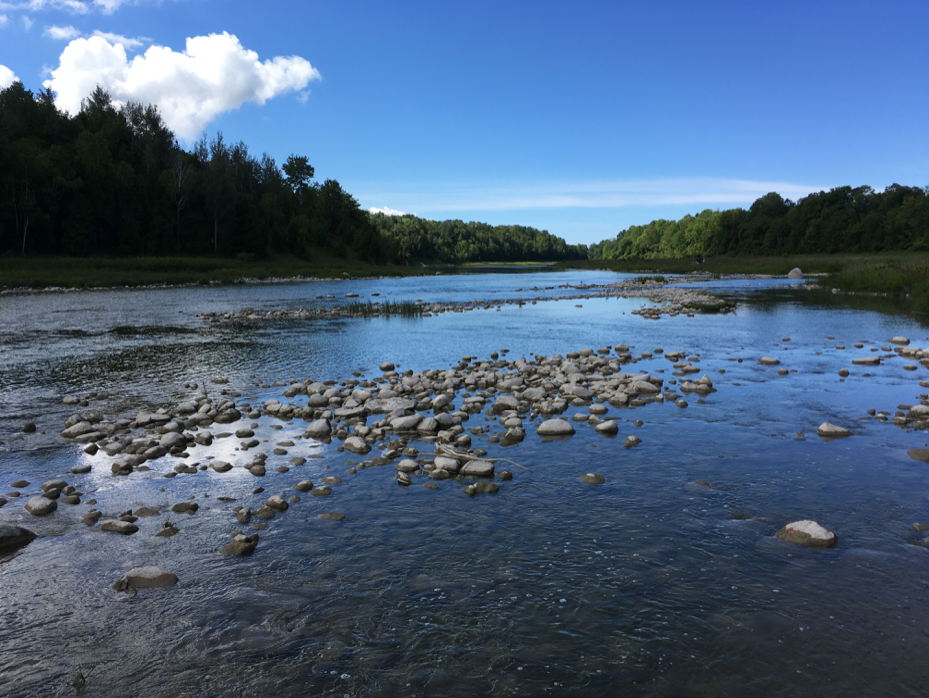28 Introduction to Treaties
Understanding Treaties

This section will explain what the treaties between First Nations and colonial governments (later, the Canadian state) said, what went wrong over time, and how Indigenous and non-Indigenous people are working to resolve treaty issues today.
Most Canadians know that a treaty is some kind of legal document – but what makes it different from other laws, and why are Indigenous Peoples so concerned about texts written long ago?
A treaty is a legal agreement between nations; in this case, between the nation of Canada and Indigenous Nations living on Turtle Island. This means that treaties are international law; they are recognized by the highest levels of governments and by international organizations like the United Nations. This is why Indigenous Peoples continue to insist that the Canadian government honour the terms of the treaties that were signed.
Treaties should be respected because they are laws and because these laws are responsible for Canada as we know it today. Where do you live or go to school? Who lived there 200, 300, or 400 years ago? These people had to be moved so that Canada could change and develop, and treaties were the agreements made to determine how people would share the land and resources, as well as what kind of access to land and resources they would have in the future. Treaties also laid out compensation or payment plans from the governments (or the Crown) to First Nations; for example, some communities were promised flour and/or small sums of money ($5) as a yearly payment. In some communities, Treaty Day is still celebrated, and government representatives come and hand out $5 to each band member.
Interactive 6.1 Honor the Treaties documentary
A portrait of photographer Aaron Huey’s work on the Pine Ridge Reservation. Featuring Shepard Fairey.
Land Acknowledgment
As people living on Turtle Island, we should all know on whose land we live, work, and go to school. For a long time, institutions in Canada did not acknowledge the original keepers and residents of this land. Today, land acknowledgements are increasingly common at conferences, at public events, and in schools as part of morning announcements. To make a land acknowledgement, you first need to know whose land you are on, and what treaties or other legal agreements were made so that non-Indigenous people could have control of the land. There are places in Canada where no treaties have been signed; these are called unceded territories. Much of Coast Salish territory (in what is called British Columbia today) is not covered by any treaty. In Ontario, Manitoulin Island (Anishinabek territory) and parts of the Ottawa region (Algonquin territory) are still unceded.
This website shows the original territories, languages, and treaties that were signed for land on Turtle Island.
Interactive 6.2 Native-land.ca
Click to visit the website Native-land.ca and learn more about the land you are on.
You may notice that the website shows that Indigenous Nations often had overlapping territories and that sometimes more than one group occupied the same geographical region. This is because after first contact, many Indigenous groups resettled, moved, or dispersed to regions they didn’t live in during previous centuries. For example, the Greater Toronto Area (or GTA) is the traditional territory of the Anishinabek Nation (going back thousands of years). However, for a few hundred years, the Haudenosaunee, Métis, and Wendat have also had an enduring presence in this region.
Here are examples of land acknowledgements in Toronto and in Vancouver – note that each one acknowledges the specific First Peoples who are the keepers of that land/territory, as well as the treaty (or unceded status) of the place:
We [I] would like to begin by acknowledging that the land on which we gather is the traditional territory of the Anishinabek Nation, and more specifically, this is the territory of the Mississaugas of the New Credit First Nation. We [I] also recognize that the Haudenosaunee, Wendat, and Métis have been an enduring presence in this place. This territory was the subject of the Dish with One Spoon Wampum Belt Covenant, an agreement between the Iroquois Confederacy and the Ojibwe, and allied Nations, to peaceably share and care for the resources around the Great Lakes. This territory is also covered by the Upper Canada Treaties. Today, the meeting place of Toronto (from the Haudenosaunee word Tkaronto) is still the home to many Indigenous people from across Turtle Island and we are grateful to have the opportunity to work/present/live in this territory.
We [I] would like to begin by acknowledging that the land on which we gather is the unceded territory of the Coast Salish Peoples, including the territories of the Musqueam, Squamish, Stó:lō, and Tsleil-Waututh Nations.
Media (in order of appearance)
Centennial College. (2018). Chief Duke Peltier discusses unceded territory [Video file]. Retrieved from https://youtu.be/bEjDndEvzfk
Honor the Treaties » Amplifier. (2017, January 05). Retrieved from https://amplifier.org/campaigns/honor-the-treaties/

